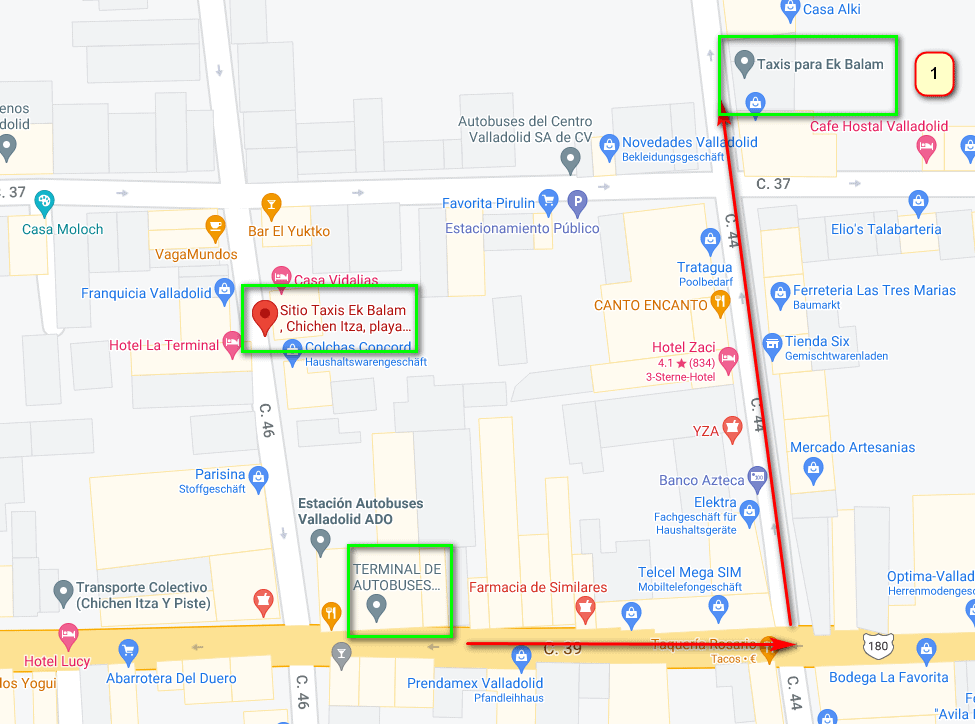Ek Balam – The Black Jaguar – Riviera Maya
Ek Balam is an ancient Maya town in the north-east of the Yucatán Peninsula. It can be reached from Valladolid on the federal road MX295, which leads towards Tizimín and Rio Lagartos. The distance from Valladolid is about 30 km. A few kilometres past the town of Temozón, turn right (east) and after about 2 kilometres you will reach the Maya site.
Usually the name Ek Balam is translated as “The Black Jaguar”. In Yucatec Maya, Ek means black and Balam means jaguar. Ek’ also occurs in the meaning “star”, so that a translation like “star jaguar” or “sparkling jaguar” would be possible too.
Table of contents
Exploration
The first mention of Ek Balam dates back to colonial times. In 1579 the conquistador Juan Gutierrez, who had been given the Tiquibalan (Ek Balam) area with several villages to administer, noted in the “Relación de Ek Balam” that the city had been founded by a ruler named Ek Balam.
The first European visitor to Ek Balam was the French anthropologist and photographer Desiré Charnay, who published the first photographs of the ruins in 1882. More than a hundred years later, in 1984, the Mayan site was specifically investigated and surveyed.
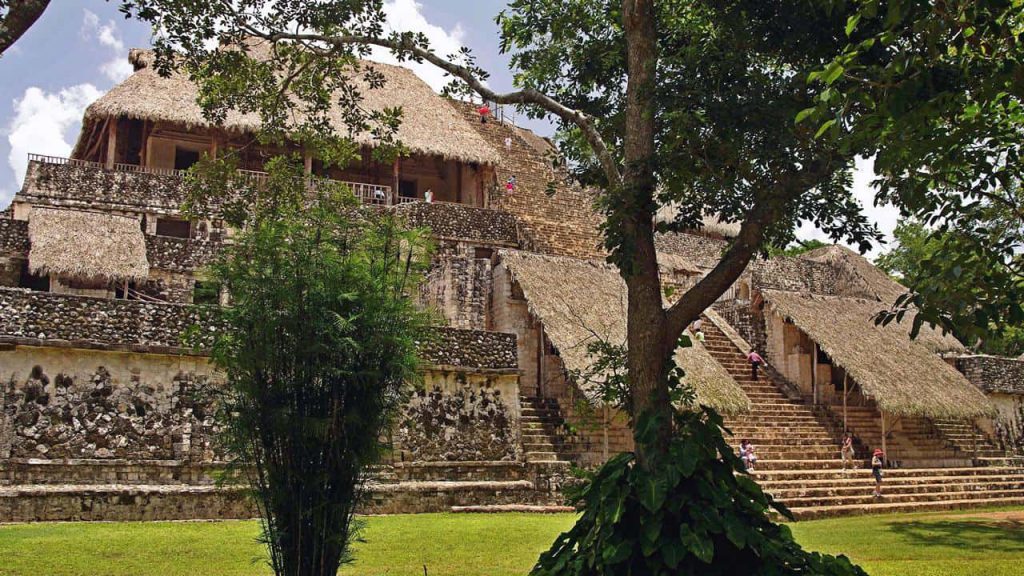
History of Ek Balam
The earliest traces of settlement in the area date from around 200 to 300 BC to the pre-Classical era. The heyday of the city was during the classical period from 700 to 900 AD. During this period the great monuments were erected. Even later, the city was still inhabited, which can be seen in several small buildings erected during this period. The actual decline began around 1200, but Ek Balam was still inhabited until the 16th century.
The city founder Ek Balam, known only from myths, is said to have come from the east, thus from the Caribbean coast. His reign lasted 40 years until he fell victim to an assassination attempt.
Ek Balam occupies a special position on the northern Yucatan peninsula in terms of the number of preserved inscriptions. Compared to other cities in the region, Ek Balam has a much larger corpus of inscriptions and thus allows at least a partial insight into the history of the city and its rulers, which is unfortunately not possible in other comparable Maya cities in this area.
Various rulers are known from the inscriptions. The best known and first mentioned Ahau (king or ruler) in the inscriptions was Ukit Kan Le’k Tok’ (the father of the four flint blades?). He is also referred to in the inscriptions as the ruler of the kingdom of Talol. Little is known about this kingdom, but from its capital, Ek Balam, it seems to have controlled much of northern Yucatán.

Ukit Kan Le’k Tok’: He ruled for 30 years, from 770 to about 802. Most of the building activities date back to his reign. His successors regarded him as the founder of the dynasty and venerated him. His grave and mortal remains with the grave goods were discovered undamaged inside the Akroplis, the largest building in Ek Balam. An examination of the skull bones revealed that Ukit Kan Le’k Tok’ must have suffered from a severe deformation of the jaw, which must have led to a deformation of his appearance. A figural depiction on one of the stelae depicting him as a corn god seems to take this circumstance into account.
K’an B’ohb’ Tok’: an inscription with the year 8 June 814 mentions him as successor of Ukit Kan Le’k Tok’.
Ukit Jol Ahkul: he is mentioned in a ceremonial inscription dated 830. The exact end of his reign is unclear.
K’inich Junpik Tok’ K’uh …nal: The name of this ruler is only partially preserved. However, there is an inscription in Chichen Itzá that refers to a ruler in Ek Balam. Should it be the same person, then the time of the regency would have been from at least 840 to 870 and with a duration of 30 years a relatively long time. Kinich is usually interpreted as a ruler’s title, but can also be translated as “sharp” depending on the interpretation of the characters. In connection with the rest of the name, Junpik Tok’, this would mean either “8000 sharp flints” or “Mr. 8000 flints”.
During the post-classical period around 1440, the Cupul dynasty took power in Ek Balam. They ruled the principality of the same name, which also included Chichen Itzá, which at that time served only as a place of pilgrimage. Cupul was not only the largest of the Mayan principalities, but also the most populous in northern Yucatán and was still in existence when the Spaniards arrived.
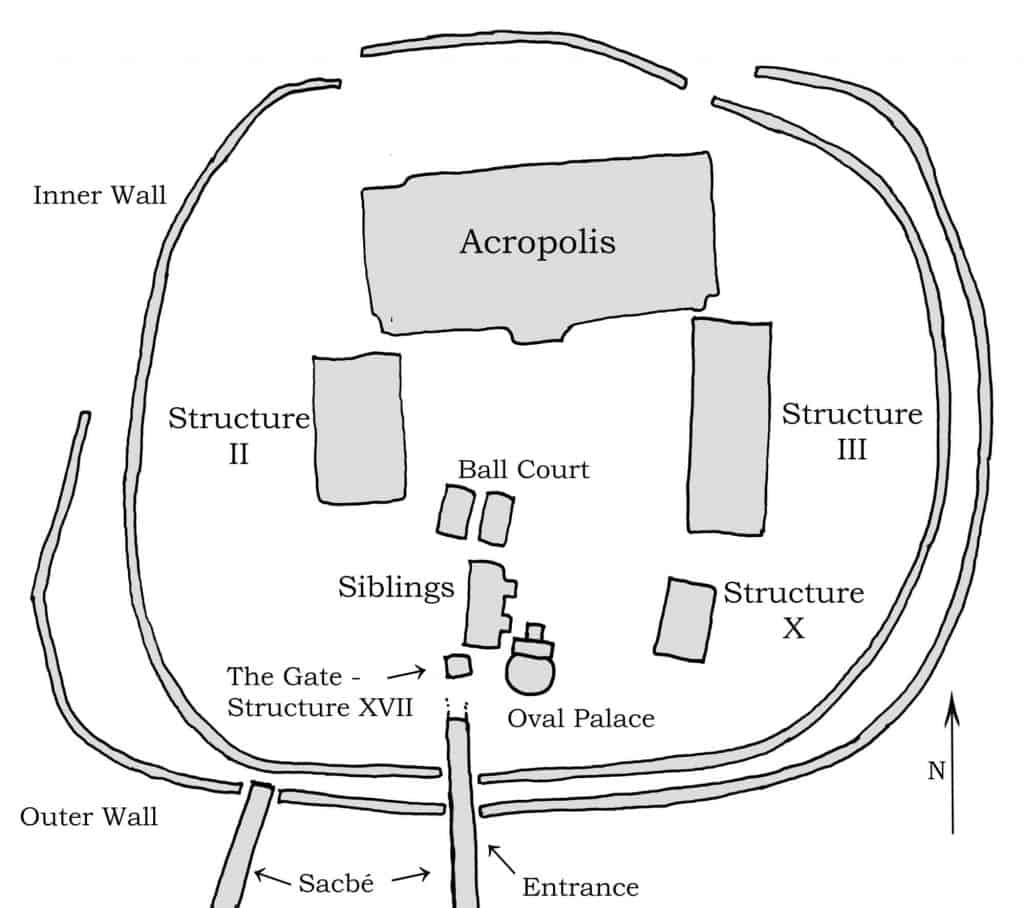
Description of Ek Balam
The entire inhabited urban area of Ek Balam covered an area of about 15 square kilometres and probably accommodated 18000 people. The actual center of the city, which served the religious and secular exercise of power, measured about 1.5 square kilometers.
This city centre is also the part of the city that can be visited by tourists.
It is surrounded by two concentric circular walls. A total of five processional streets have been identified, one to the north, one to the east and one to the west and the other two to the south.
A distinction is made between two squares or plazas. The larger northern square, Plaza Norte, is framed by the Acropolis and Structures I and II. The smaller southern square, Plaza Sur, is located south of the ball court. Here you can find the oval palace, the twins and the structure X. Next to the oval palace there is the procession gate next to the entrance of this group of buildings.
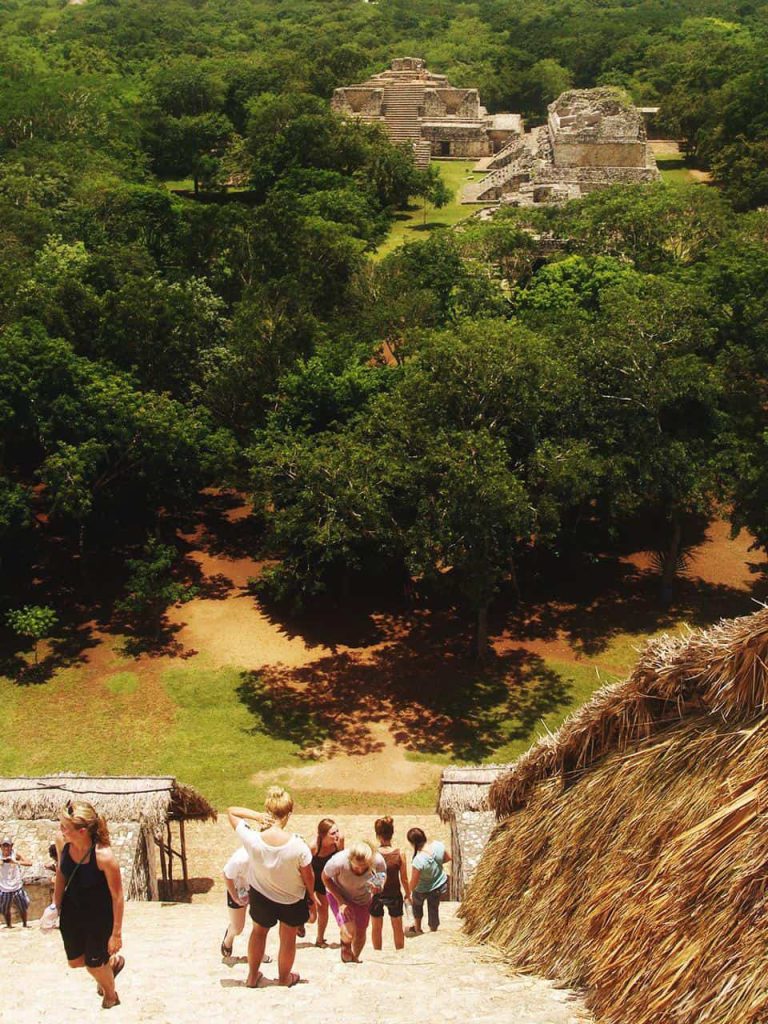
The Monuments of Ek Balam
The North Square
The Acropolis
The largest building in Ek Balam is the towering “Acropolis” on the north square. The original name of this building seems to have been Sac Xoc Naah. Sac means white and Naah means house in Yucatan Maya. With the word Xok the interpretations of the meaning diverge again. The white house of counting or reading seems to be the most widespread. But it could also have meant “The White House of Obedience” or “Respect”. “White” indicates that the lime plaster with which the building was originally covered was not painted as known from other places, but was left in its original colour.
With a length of 160m, a width of 70m and a height of 31m this pyramid is definitely one of the largest pyramids of the northern Yucatán peninsula because of its volume and can at best be compared to the pyramid Kinich Kak Moo in Izamal.
The monument consists of six levels. A total of 72 rooms, which were built into the building, have been found during excavations so far.
On the south side, a steep staircase leads up to the 6th level, which was originally crowned by a small, unpreserved temple.
To the left and right at the base of the stairs are two of the hieroglyphic texts that Ukit Kan Le’k Tok called the builder of the Acropolis and also the ruler of Talol.
Halfway up and to the left of the stairs is the impressive Snakemouth Gate with its huge and excellently restored Chenes-style stucco frieze. What is special about the frieze are the human figures, which are designed as full sculptures. To the delight of all esotericists, one of these anthropomorphic figures resembles an angel thanks to a pair of wings. The Maya thought of the snake’s mouth as access to the underworld.
In the space behind it, archaeologists discovered the tomb of the ruler Ukit Kan Le’k Tok. During his lifetime, the room may have served as a room for the government or throne room. Buried with it were 21 ceramic vessels and more than 7000 pieces of jewellery made of jade, shells, pyrite or bone. Among the grave goods there was also a golden frog and 3 pearls.
Inscriptions say that Ukit Kan Le’k Tok commissioned the construction of this pyramid during his reign in the years 770 to 801 AD.
It is assumed that the depiction of the corn god on a capstone of the tomb vault depicts the ruler himself and his deformed jaw, which I mentioned earlier.
The excellent preservation of the frieze is due to the fact that it was carefully covered and hidden, so to speak, very early in the history of Ek Balam.
Structures 2 and 3
From the southern corners of the Acropolis at right angles to the south, the opposite structures II and III are located. 110 and 80 meters long and about 20 meters high, they can be compared to the Acropolis. However, both structures are in unrestored condition and have not yet been archaeologically investigated.
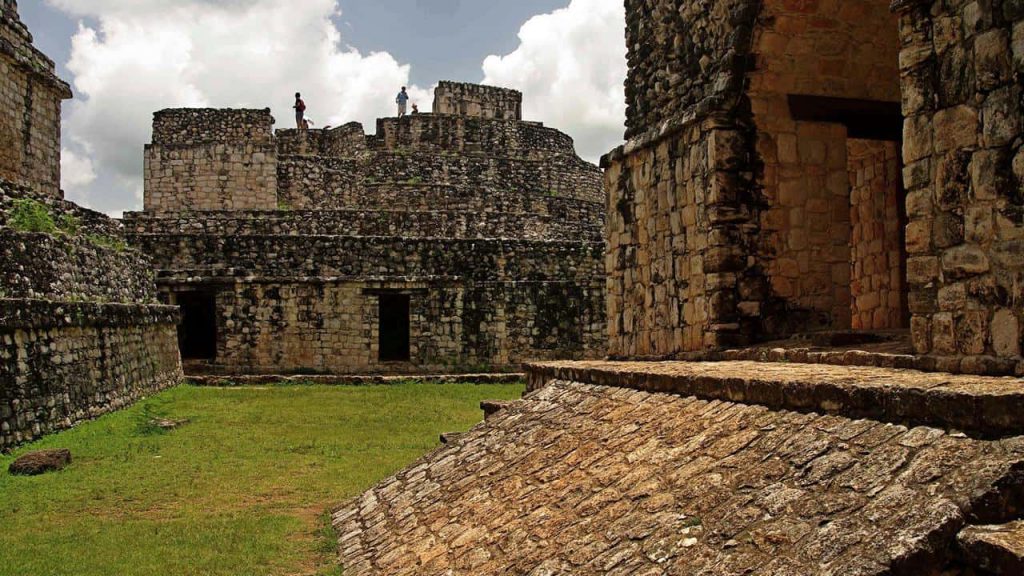
The south square
The Ball Court
The ball court separates the northern square from its southern counterpart. Well-preserved murals were discovered here, but later they were hidden again so as not to be exposed to the weather. An inscription says that this monument was completed in 841.
The Oval Palace
The “oval palace” offers a good view of the Acropolis from its upper platform. Three construction phases have been identified. Several oval structures were built on top of each other. Later, ten rooms were added to the sides of this structure, plus two more on one of the upper levels. It seems that these rooms were used as apartments. In a final step, a small temple was built on the uppermost level.

The Siblings
These are not opposite twin pyramids, as found in Tikal, but two identical buildings erected side by side. Their construction dates back to the late 9th century. There is a theory that these two monuments were used for ancestor worship.
The Entrance Arch
The building with the name “Entrance Arch” is a very special building. Maybe it served as a city gate. It opens to four sides. Possibly also that it served as a triumphal arch or for religious processions. On two opposite sides stairs lead into the interior, on the other two sides ramps are attached. The roof with a false, crossed vault could be reconstructed and is probably unique in the world of the Maya.
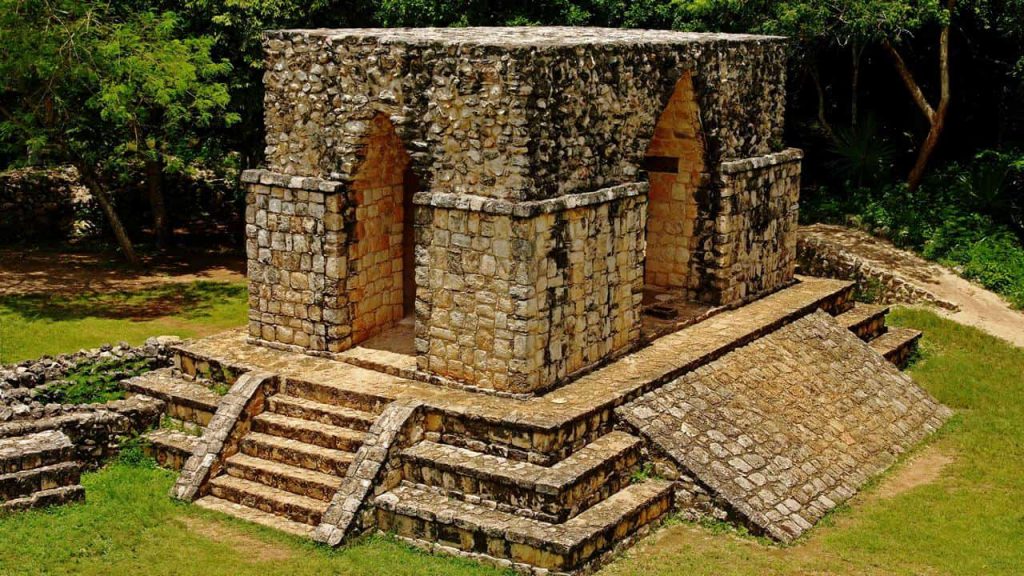
The Ring Walls
It seems that the ring walls were indeed defensive structures and not, as was assumed at times, a structure with a ceremonial aspect. Other cities, such as Tulum, were also surrounded by a rampart. In addition to the large outer walls, other walls, albeit smaller ones, which were probably used for defensive purposes, have been found inside the city. A wall painting in the warrior temple of Chichén Itzá shows an attack of Mayan warriors on a city surrounded by a ring wall. The name of the attacked city is not mentioned there, but the painting could very well represent the conquest of Ek Balam by troops from Chichen Itzá. In any case, it shows how important the defensive capability might have been.
Travel Advice
It is undoubtedly the most comfortable way to visit Ek Balam if you are looking for accommodation nearby or in Valladolid.
But also from the Riviera Maya you can take the trip in one day. The distance from Cancun is about 150 km and just a little more from Tulum. I have combined the visit of Ek Balam and Valladolid with a visit of Tulum and Cobá. I spent several days in Tulum and took the bus to Valladolid early in the morning. The bus needs about two hours to Valladolid. So if you start at 7 am you can be in Valladolid at 9 am. Check the timetables of the busses before.
From Valladolid you can get to Ek Balam by Collectivo. Another possibility as mentioned before, would be to choose Valladolid as an overnight stay. You could continue your trip to Chichén Itzá then after visiting Ek Balam.
Valladolid is a very pleasant city with friendly people and houses in Spanish colonial style. In addition, one can shop here cheaply, because Valladolid does not attract many tourists. Therefore most prices are moderate.
If you feel like nature, you can take a trip from Valladolid to Rio Lagartos. The nature reserve there with its original mangrove forests on the Gulf Coast is home to a high number of Caribbean flamingos whose pink colour leaves a lasting impression. Rio Lagartos can be reached from Valladolid within an hour’s drive northwards via the MX295 highway mentioned at the beginning.
>>> Read more about the Maya sites at the Riviera Maya
Recommended:
Photos of Desiré Charnay in national library of France
The Corpus of Inscriptions of Ek Balam published by Alfonso Lacadena García-Gallo (pdf)
Links to Google maps:
Zona Arqueológica Ek Balam
Valladolid

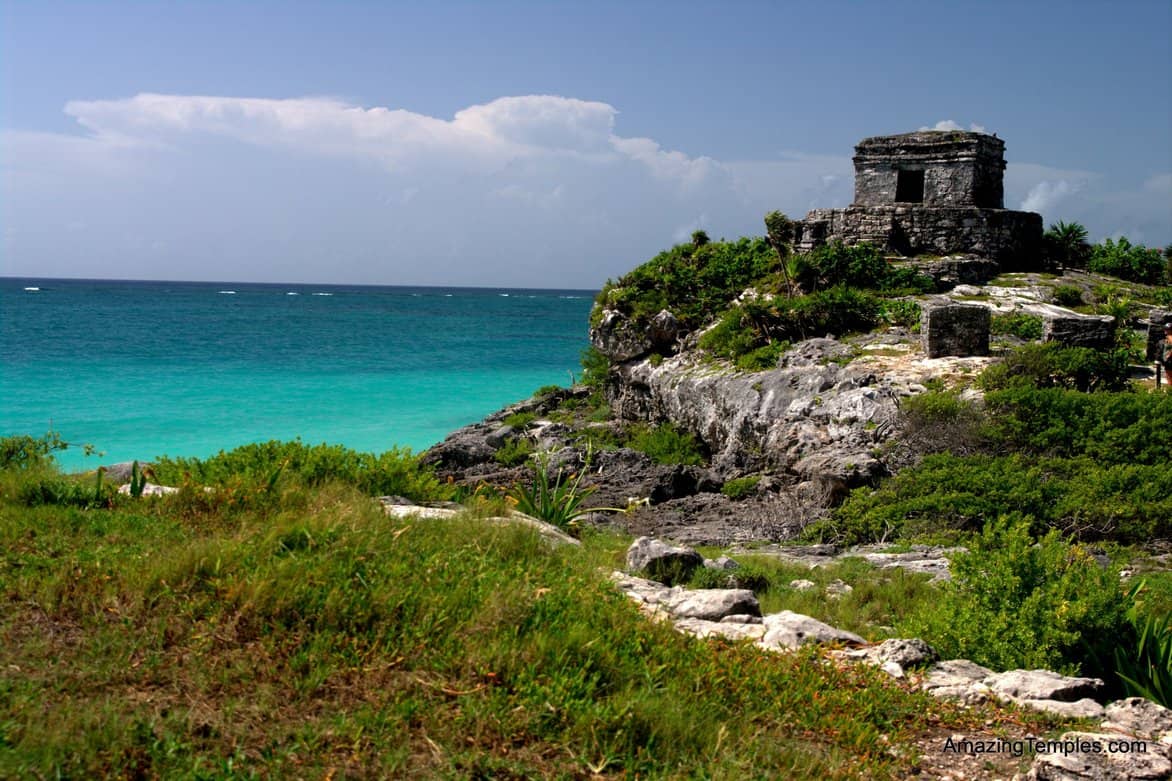
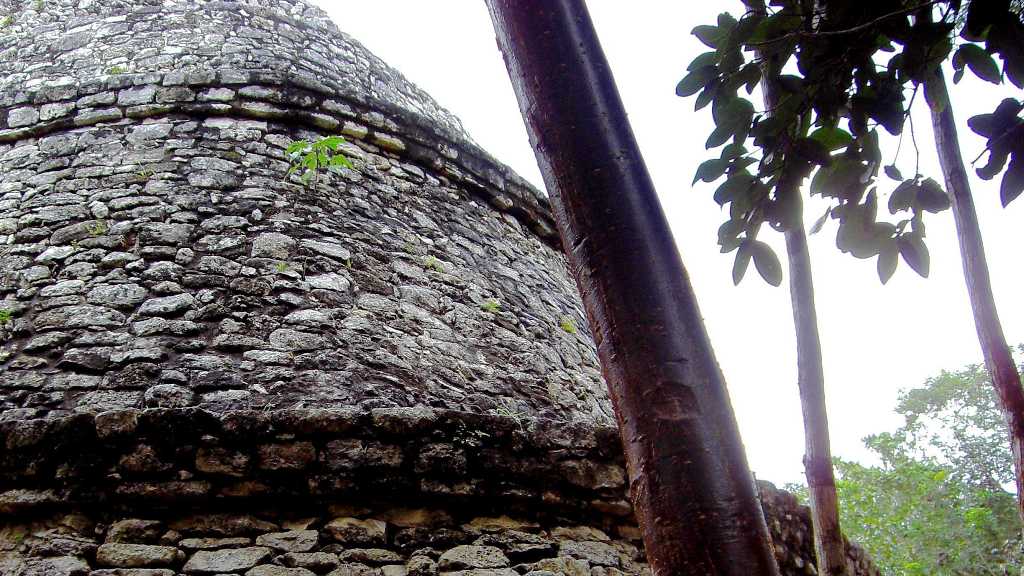


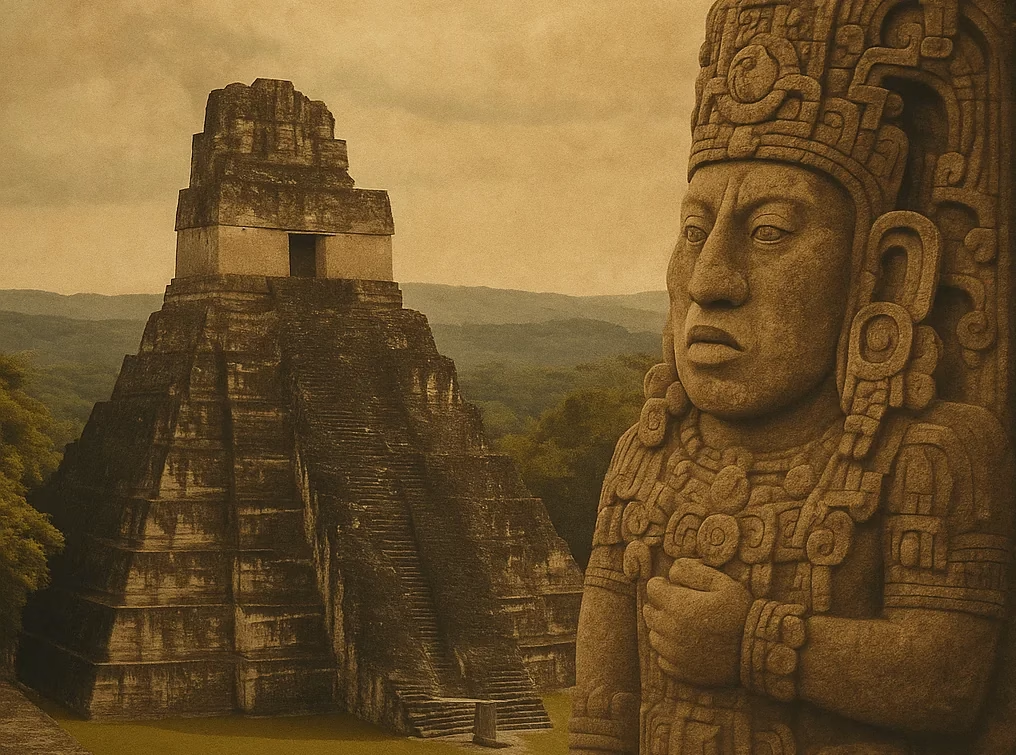


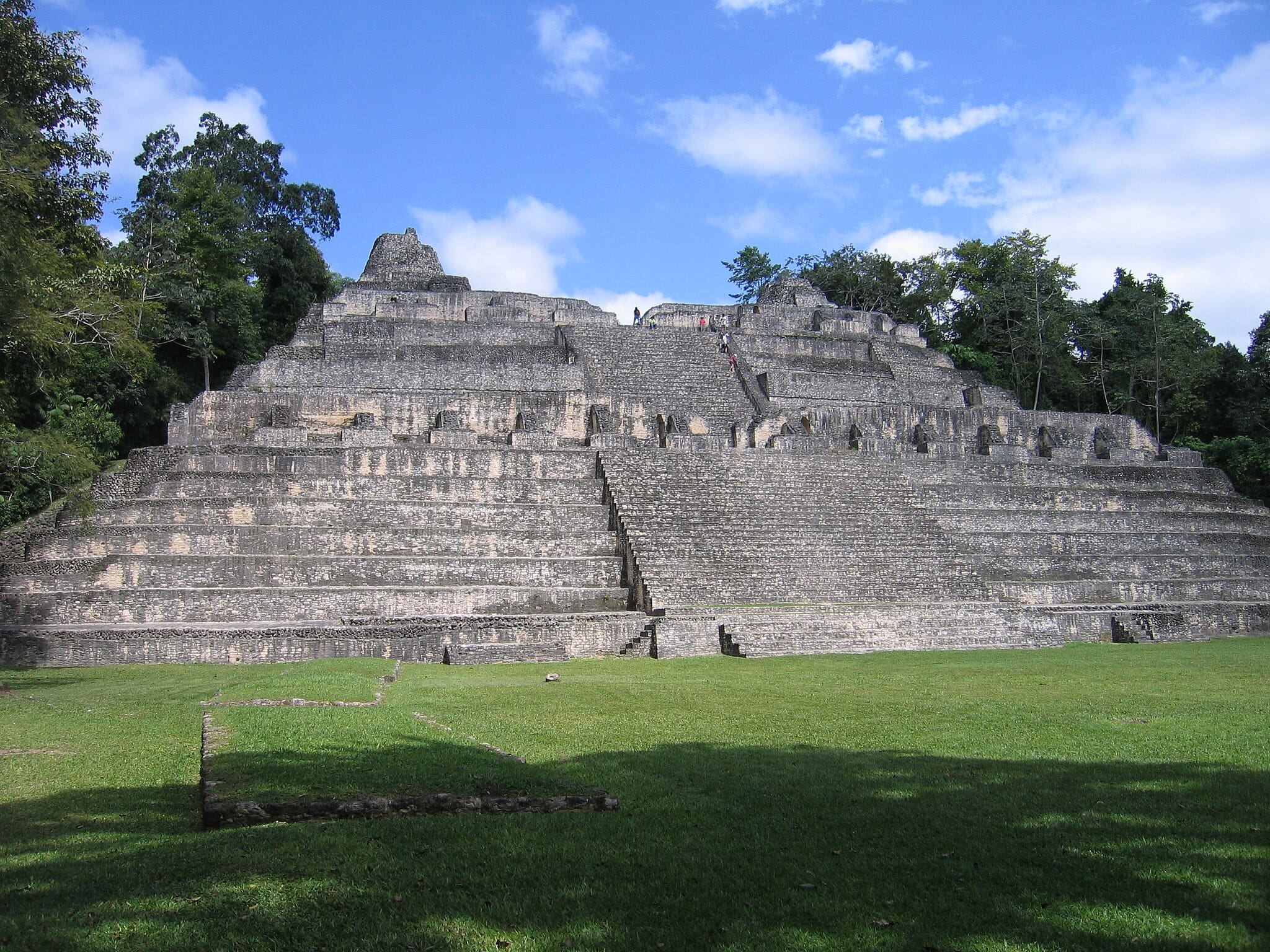

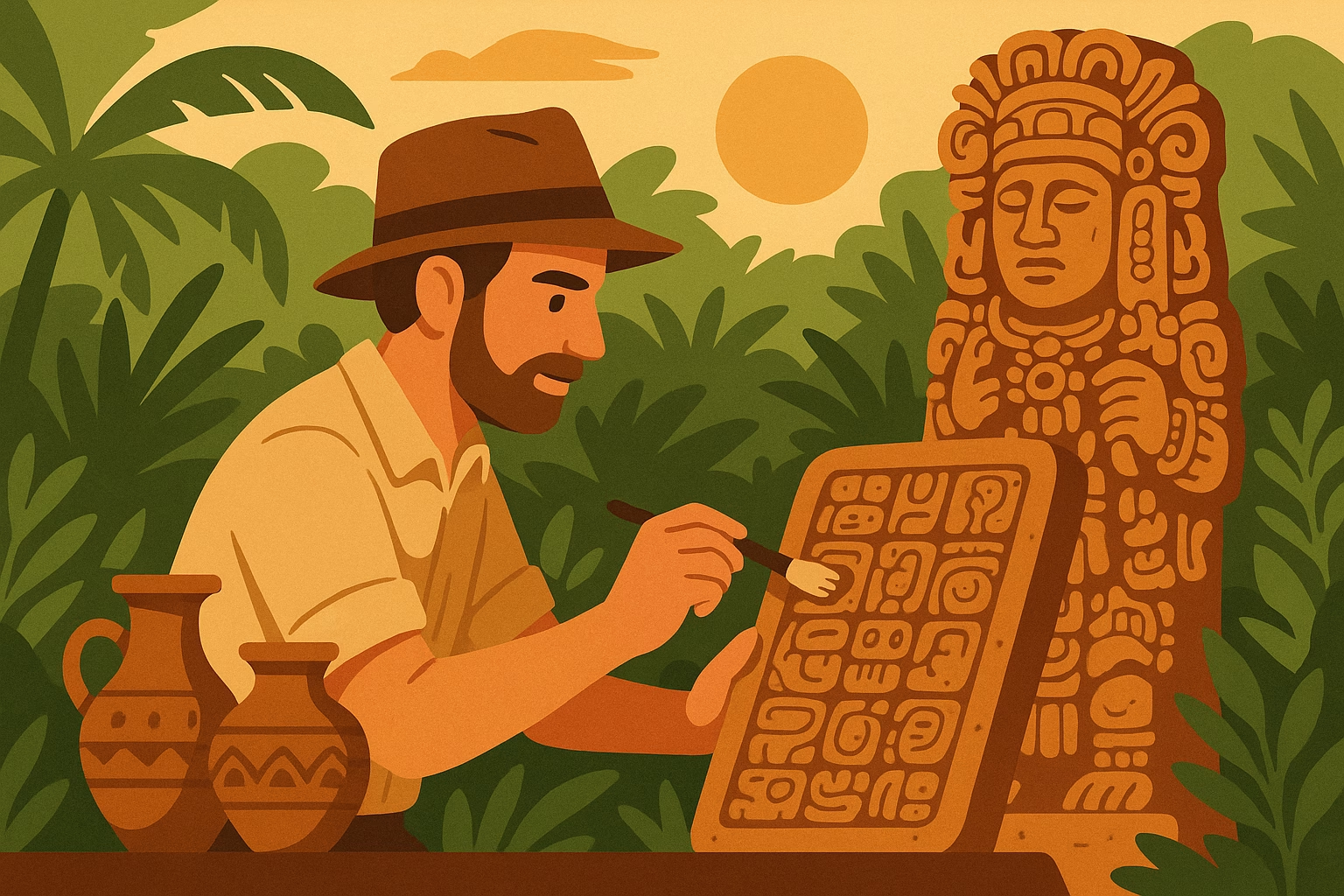
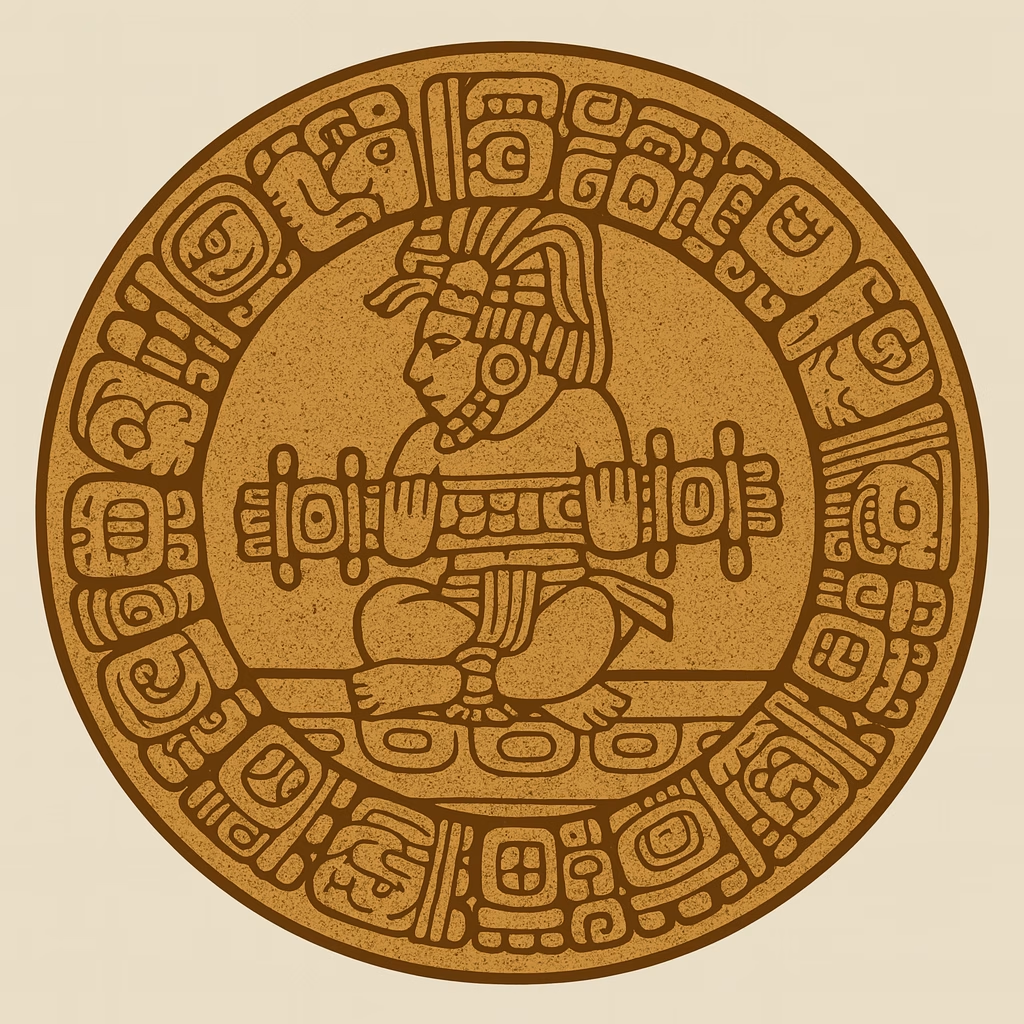


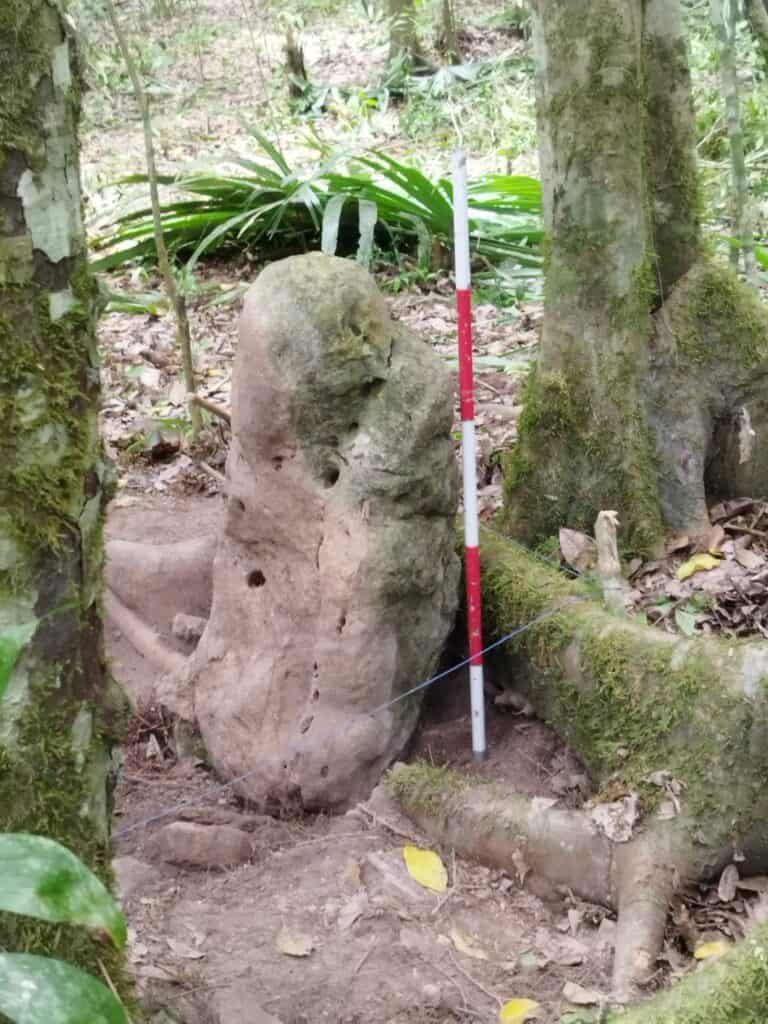
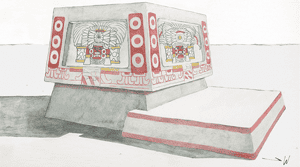
Hi, Christian! really enjoyed your text!
Could you tell me, please, where in Valladolid can I take the colectivo to Ek Balam? I’d realy like to visit this site, but it’s a bit hard to find information about how to get there by bus or colectivo.
Thank you in advance!
I checked it on Google maps – you see the bus station – I used the taxis at (1) – but you can see there is another one just around the corner.
